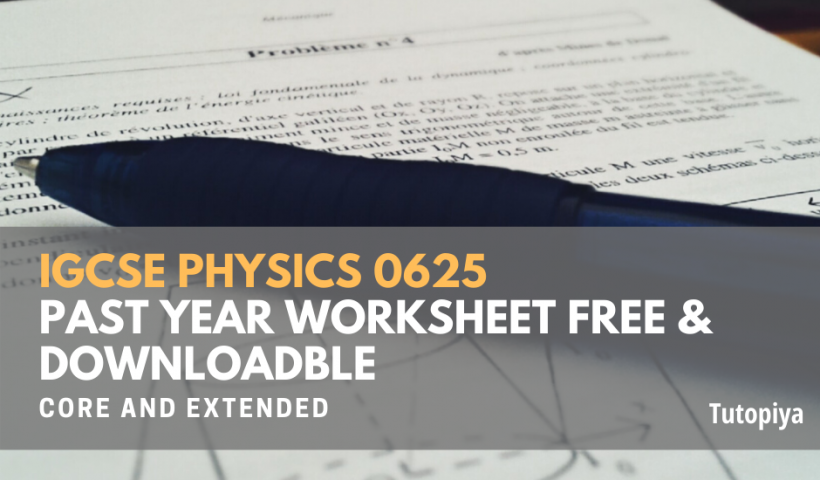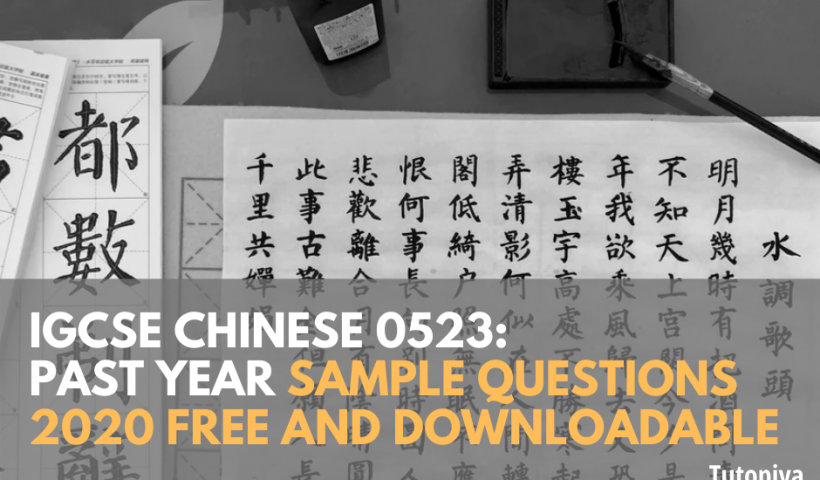IGCSE Physics 0625: Free and Downloadable Sample Questions 2020 IGCSE Physics 0625 Core (Paper 1& 3) Paper 1 (Core) Paper 3 (Core) IGCSE…
View More IGCSE Physics 0625: Free and Downloadable Sample QuestionsCategory: Notes
IGCSE ICT 0417: Free and Downloadable Sample Questions 2020
IGCSE ICT 0417: Free and Downloadable Sample Questions 2020
View More IGCSE ICT 0417: Free and Downloadable Sample Questions 2020IGCSE Spanish 0530: Free and Downloadable Sample Questions 2020
IGCSE Spanish 0530: Free and Downloadable Sample Questions 2020
View More IGCSE Spanish 0530: Free and Downloadable Sample Questions 2020IGCSE French 0520: Free and Downloadable Sample Questions 2020
IGCSE French 0520: Free and Downloadable Sample Questions 2020
View More IGCSE French 0520: Free and Downloadable Sample Questions 2020IGCSE Chinese 0523: Free and Downloadable Sample Questions 2020
IGCSE Chinese 0523: Free and Downloadable Sample Questions 2020
View More IGCSE Chinese 0523: Free and Downloadable Sample Questions 2020IGCSE Biology Comprehensive and Free Notes 2022
IGCSE Biology Comprehensive and Free Notes 2022 What are the IGCSE Biology Comprehensive and Free Notes 2022? Cracking the IGCSE Biology 2022 Examination might seem…
View More IGCSE Biology Comprehensive and Free Notes 2022







